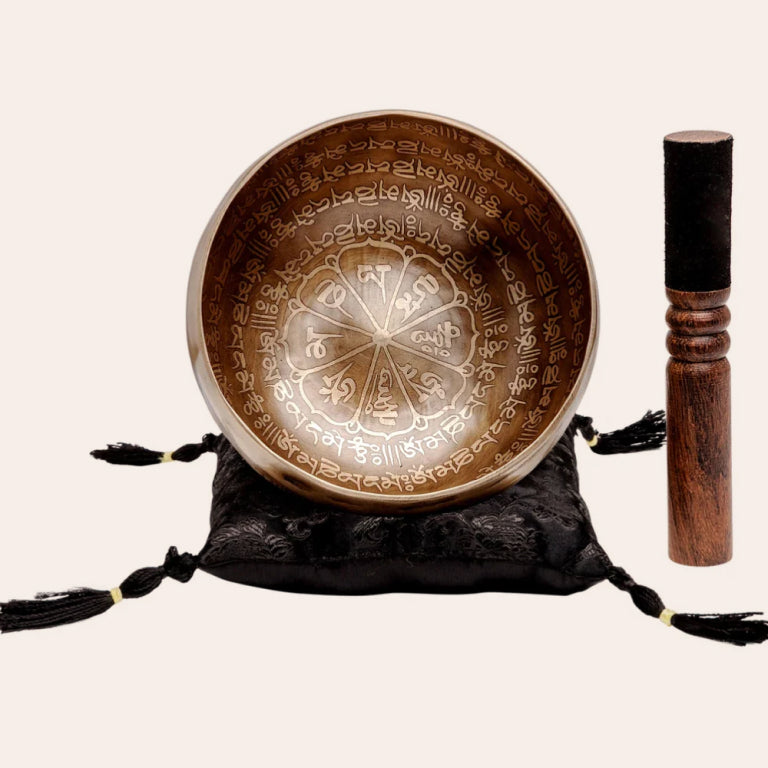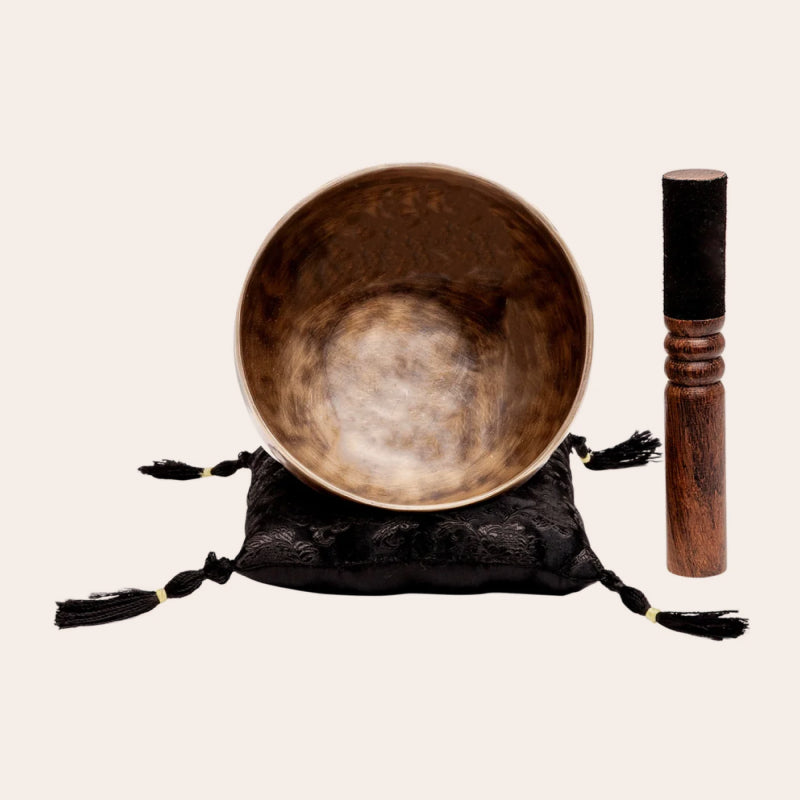The Longplayer Project: 1,000 Years of Playing Singing Bowls
At the turn of the millennium, 234 singing bowls began and kept ringing around an old lighthouse in east London.
It was the Longplayer Project.
The Longplayer Project started 24 years ago, is playing today, and will continue to play for 978 more years.
Today we’ll discuss the marvel of the Longplayer Project, its origins, concept, meaning, and future.
What Is The Longplayer Project?
The Longplayer project began on New Year’s Day, 2000. It’s made to play without repetitions until the year 2,999, so it can start again on a loop.
The magic of 1,000 years of sound.
The Longplayer is a combination of several singing bowls that humans and computers can play. It’s based on pre-recorded music made in 1999 and reworked with a computer algorithm that arranges the same music differently for a thousand years sans repetitions.
The Project is tailored to adapt to the changing geography and technology, no matter the age, for the next 978 years. In short, it’s a self-sustaining instrument that can cope with the changes that lie ahead.
How Does The Longplayer Work?
“In effect, Longplayer is an infinite piece of music repeating every thousand years – a millennial loop.” - Longplayer.org
The Longplayer music is tailored to play differently with every passing day and century. Exciting point -- the composition of the Longplayer mirrors our planetary system.
Longplayer is preset from start to finish with predictable movements, tones, and rhythms on a telescopic scale of time to repeat only once in 1,000 years!
The concept of Longplayer is that it uses very little information and source music to make the most amount of variety in sound. It’s a collaborative composition by man and machine.
So what type of sound is produced by the Longplayer? The music is a simple synthesis of the interactions of the completely unpredictable waveforms.
So, who performs these compositions? At this time, most of the music is played by computers. The code of the algorithm is written in the supercollider language. It can run on Macintosh and Linux OS.
In all simplicity, the Longplayer music from Tibetan bowls is produced by applying six small pieces of music.
And six sections (one from each piece) are always playing.
What Longplayer does is pick and uniquely combine the sections so that the combinations are unique for 1,000 years.
Who Created The Longplayer Project?
English Musician Jem Finer is the founder of the Longplayer.
Besides being a musician and composer, he has also studied computer science and worked in fields such as film and photography.
Jem Finer developed and composed it between 1995 and 1999 with the help and support of the art organization, Artangel. Moreover, the project at Artangel was headed by Candida Blaker, Brian Eno, John Keiffer, Georgina Livingston, Michael Morris, Joel Ryan, David Troop, and Paul Shepheard.
According to Jem Finer-
“In the mid-1990s, as the year 2000 approached, I started to wonder about how to make sense of a millennium – that is, how to render as sensible or tangible the great span of one thousand years, not so long in cosmic terms but sufficiently longer than a human lifetime – and how to possibly focus the mind on time as a longer and slower process than the frenetic jump-cut pace of the late 20th Century”.
If you’re interested in the complete account of how it came into being, check the 2003 book Longplayer by Jem Finer & Artangel. It’s available on most online bookstores like Amazon!
Where Can You Hear The Longplayer?
All of Thames could hear the beautiful sounds of 234 Tibetan bowls singing bowls when they played for the first time. Precisely, you could hear it live in the Millennium Dome at the Relaxation Zone in London when it first came out.
But today, you can tune into it live at the 19th-century lighthouse in Trinity Buoy Wharf, apart from the other listening posts around the U.K.
Moreover, people say you can hear it around Yorkshire Sculpture Park, Horniman Museum, and Kings Place.
Apart from the United Kingdom, people around the U.S.A, Egypt, and Australia can also hear it via respective stations.
But if you’re not in any of these places, tune to it via the stream Icecast Internet.
For app lovers, get the app Longplayer, designed by Joe Hales and Daniel Jones with Jem Finer.
The exciting thing about this app plays an independent version that’s synchronized with the original to the dot.
Jem Finer also released four excerpts on vinyl LP.
So, pick your favorite and tune in. Legends say the best part of the music comes after 232 years and 15 days.
Why Are Singing Bowls Used In The Longplayer?
Tibetan bowls are standing bells with ethereal sounds.
Using singing bowls, you can create endless music.
Most instruments go out of tune in a matter of years or decades, and not many last over centuries. However, singing bowls are resonant, harmonic, and easy to play for humans and machines, making them last.
Hence, 20 people used 234 singing bowls into a 20-meter instrument for 1,000 minutes to create the source of Longplayer music as you know it today.
How Will Longplayer Survive?
The core idea of Longplayer is to represent and understand the vastness and the flow of time.
The developers say you can predict the survival rate of Longplayer if you understand it as an organism instead of a composition that resurrects every 1,000 years.
It’s essentially an AI life form or social organism designed to find its survival tactics depending on time, environment, and listeners across hundreds of years.
While a computer is combining different parts of the music at present, Linux and Macintosh mightn’t be what it works with after a few hundred years. And who knows if computers will evolve into something completely different in the next 978 years too!
Final Thoughts
Longplayer Project isn’t just a random way of celebrating the turn of the millennium.
While the computer itself may be cheap or the technology trivial, the effect it hopes to achieve by playing singing bowls with unique sounds over 1,000 years and over is a fantastic feat.
What do you think about the Longplayer Project?










